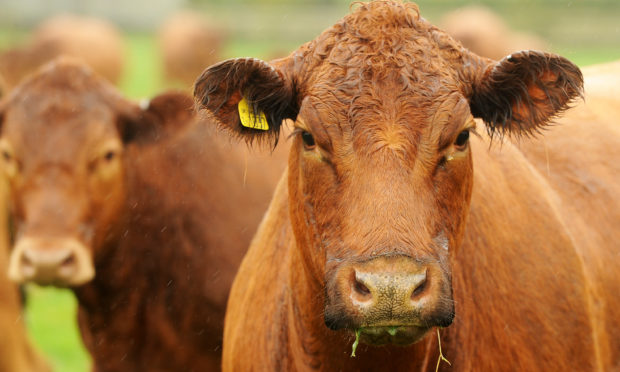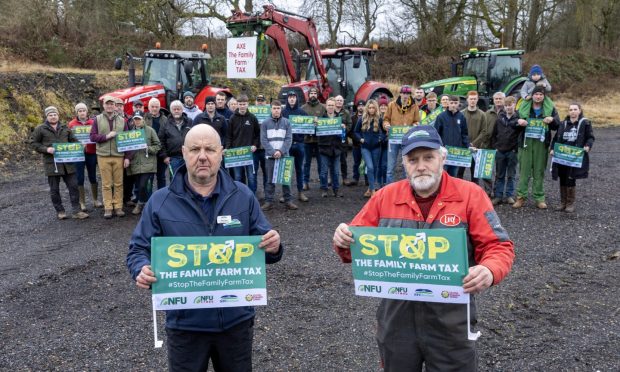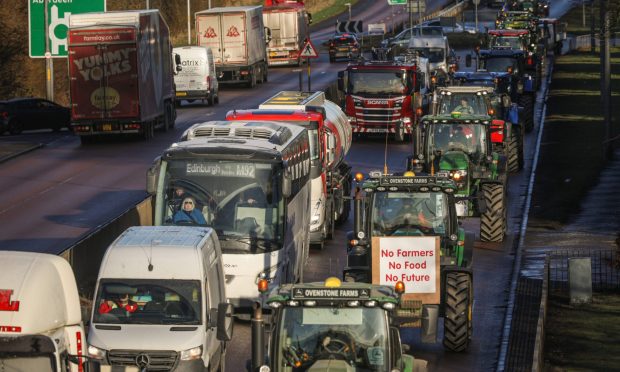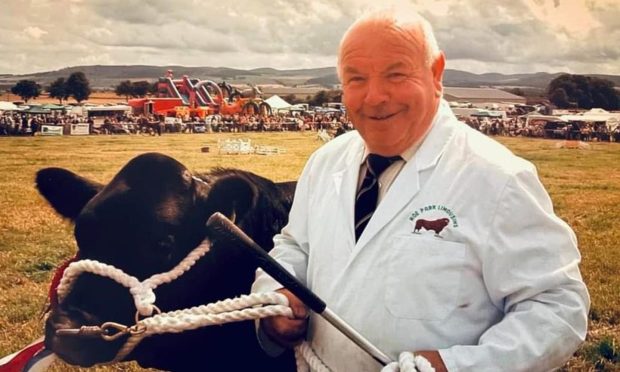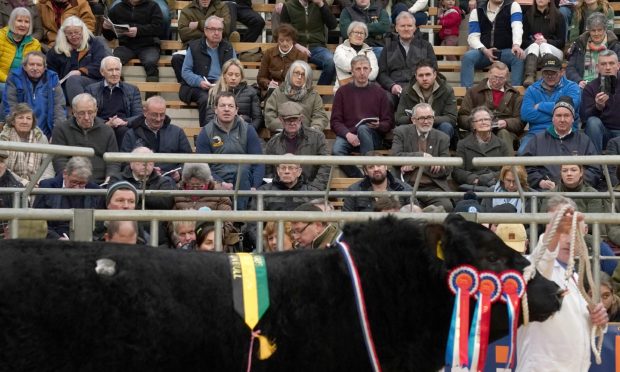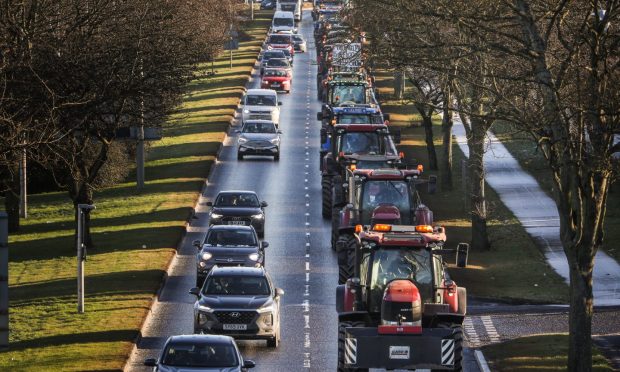A coalition of 50 rural organisations and individuals has launched an appeal for Government support to drive change in farm practices that could make Scotland the world’s first carbon-neutral farming sector by 2050.
In a letter to cabinet secretaries Roseanna Cunningham and Fergus Ewing, the group of food producers, academics and environmentalists – which includes the farmers’ union, crofters, scientists and the RSPB – states that it supports the introduction of a nitrogen balance sheet to improve efficiency; an investment in soils; and the promotion of organic and carbon-neutral farming and agroforestry.
Scottish agriculture contributes almost a quarter of the country’s total greenhouse gas emissions, but in the letter the signatories point out that farming and crofting also contribute to carbon sequestration and storage, and efficiency measures are already leading to carbon savings.
The letter acknowledges that reducing emissions and improving soil and water quality would not only help Scotland’s climate change ambitions, but would also benefit farmers’ bank balances by reducing waste and improving market returns. Other benefits include flood prevention, enhanced biodiversity, clean air and water, and reduced greenhouse gas emissions.
The letter spells out the benefits of measures that could be taken by farmers with the backing of Government.
“Better nitrogen use efficiency reduces nitrous oxide and ammonia emissions, saves farmers money, promotes circular economy business opportunities, and reduces water and air pollution which damages people and nature,” it states.
On soil improvement it calls for the continued restoration of carbon-rich peatlands and the protection and improvement of valuable agricultural soils but adds that advice and incentives are needed to ensure all farmers regularly test their soils.
The letter also states that low-carbon farming practices and systems need to become the norm but that requires promotion and support for both organic and efficient mainstream production systems.
It adds: “Public bodies must procure more food from these farms and help drive the transformation to carbon-neutral food production. Organic farming has an important role to play but needs promotion to reverse declines of recent years which have occurred despite strong demand for organic food.”
A Scottish Government spokesperson welcomed the group’s ambitions and said £148 million had been committed to rural businesses since 2015 to promote low carbon farming and protect the environment and that Government would continue to work closely with the industry to take forward the proposals.
nnicolson@thecourier.co.uk
